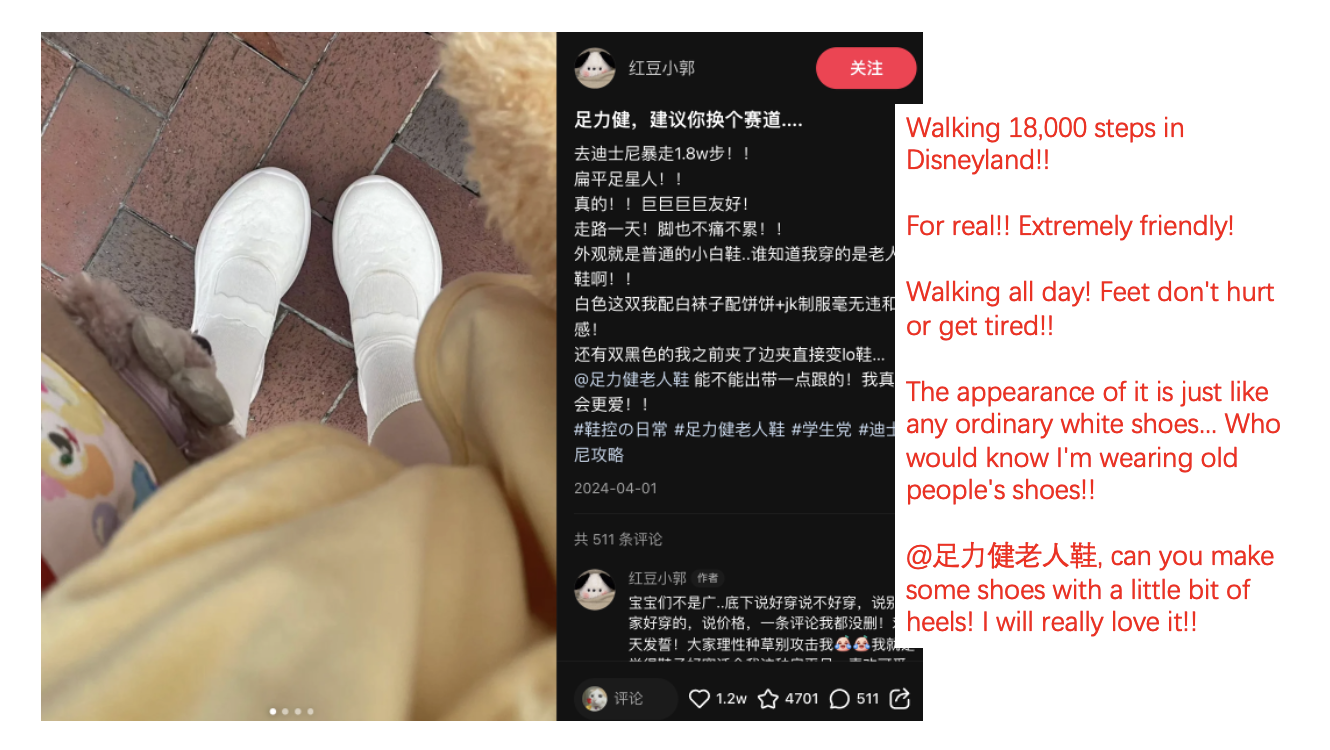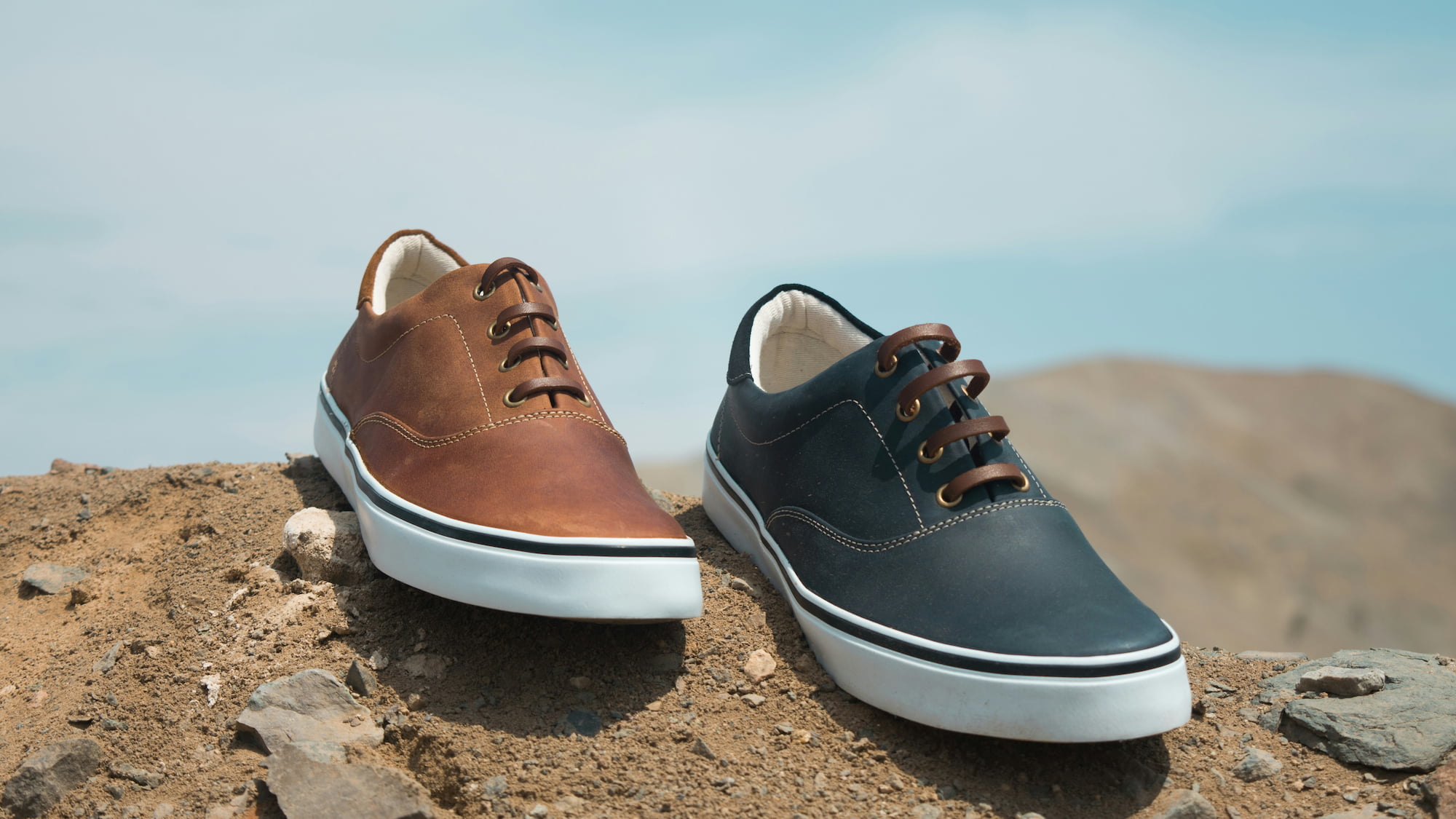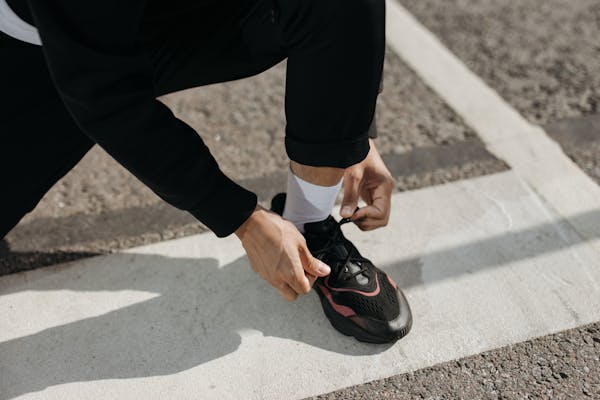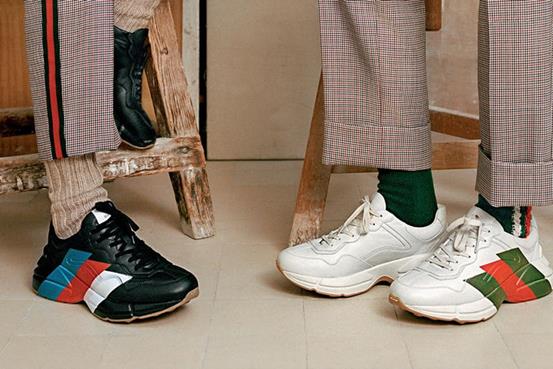Due to the fast-evolving tastes of Chinese consumers, leather shoe brands are finding it challenging to stay relevant in the footwear industry in China. In the 2nd week of May 2024, Chinese netizens were having a heated discussion on Weibo regarding whether #leather shoes have been abandoned by today’s era# (皮鞋已经被这个时代抛弃了吗), garnering over 6 million views. Due to the rapidly changing preferences of Chinese consumers, in recent years many leather shoe brands have been actively seeking new opportunities to address the challenges and stay relevant in China’s footwear industry.
Leather shoe brands are struggling to make ends meet in China
The struggles of China’s leather shoe industry are real. Among the three A-share listed companies dominating China’s leather shoe industry, Red Dragonfly (红蜻蜓), Harson Holdings (哈森股份), and Aokang (奥康), only Red Dragonfly managed to make a small profit of RMB 52 million (around USD 7.2 million) in 2023. Widely known as the “Leather Shoe King (真皮鞋王),” Harson Holdings has experienced six consecutive years of losses, hoping to achieve profitability again through cross-industry asset restructuring. Meanwhile, Aokang has also seen a decline in the number of stores for seven years, decreasing from a peak of 3,148 stores in 2016 to 2,446 in 2023, a decrease of 22.3%.

Chinese consumers’ declining demand for leather shoes is not only affecting China’s local leather shoemakers but also impacting foreign players. The shifting preferences for footwear among Chinese consumers were also accelerated by the COVID-19 pandemic, primarily due to its impact on brick-and-mortar stores. For example, the UK brand Clarks, experienced a financial fiasco in 2021, with losses of as much as GBP 181.8 million (around RMB 223 million). In July 2022, Viva China Holdings, controlled by China’s sportswear giant Li Ning, purchased a 51% stake in LionRock Capital, the parent of Clarks, making it its official controlling shareholder.
Senior shoe retailer “Zuliz (足力健)” has gone viral among Chinese young consumers
In the last few years, “old people’s shoes” have become a trendy item among young people in China. On the Chinese social commerce platform Xiaohongshu, many netizens have shared their experience wearing shoes by Zuliz, a local Chinese shoe retailer targeting elderly people, complimenting how comfortable they are. Some netizens highly recommended Zuliz shoes, emphasizing that they don’t feel like old people’s shoes at all, but they’re rather a fashion choice.

Comfort and functionality are key
The rising popularity of “old people shoes” reflects how young Chinese consumers are increasingly opting for functionality and comfort. However, comfortability remains an unresolved pain point for leather shoe brands seeking to appeal to young Chinese consumers. Indeed, there is strong competition in China’s footwear industry, particularly from sports shoes that excel in combining comfort, practicality, and innovation. Besides, many young people nowadays are under great pressure at work, leaving not much space for more discomfort. Moreover, with fewer opportunities to wear them and a high price point, young consumers naturally favor options offering better value for money. Therefore, the trend #Zuliz shoes are gaining popularity among post-90s# (足力健的风还是吹到了90后) reflects the increasing demand among young people for comfort and affordability amidst high-pressure lifestyles.
Where are the new growth opportunities?
China’s leather shoe production dropped from 4.62 billion pairs to 3.53 billion pairs from 2016 to 2021. By 2026, it is estimated that the leather shoe production domestically may shrink to 1.7 billion pairs. With shrinking demand, traditional leather shoe companies are finding it inevitable to transform in search of new growth opportunities. For instance, Red Dragonfly has responded to the growing trend of outdoor sports in China by launching a new subline in 2023, aiming to enter the light outdoor sportswear market. In its 2022 financial report, Red Dragonfly announced that non-leather shoes, such as lightweight sports shoes, light outdoor, and casual fashion footwear, are bound to become key drivers of growth for the company.

China’s footwear industry and the decline of leather shoes
- Chinese consumers’ preferences have shifted away from leather shoes, leading to heated debates on platforms like Weibo about their relevance, and causing financial struggles for major local brands such as Red Dragonfly, Harson Holdings, and Aokang.
- Meanwhile, s designed for elderly people, particularly from the brand Zuliz, have gained popularity among young Chinese consumers due to their comfort and functionality, becoming fashionable on platforms like Xiaohongshu.
- Young Chinese consumers increasingly favor comfortable and functional footwear, such as sports shoes, over traditional leather shoes due to their high-pressure lifestyles and preference for practicality and value.
- In response to the declining demand for leather shoes, companies like Red Dragonfly are diversifying into non-leather options, such as lightweight sports and outdoor shoes, to capture new growth opportunities in China’s evolving footwear market.





